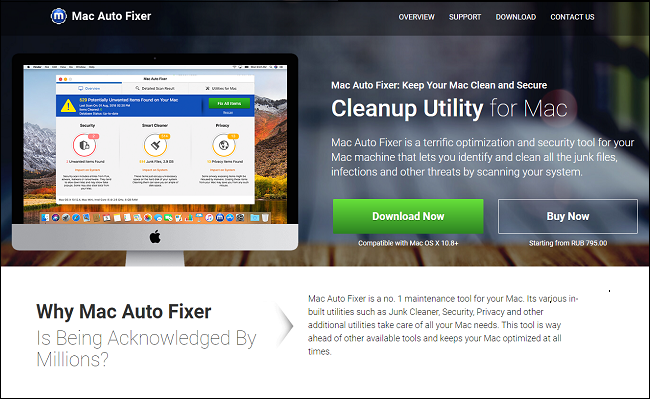
- #Macbook pro mac adware cleaner popup remover how to#
- #Macbook pro mac adware cleaner popup remover software download#
- #Macbook pro mac adware cleaner popup remover install#
- #Macbook pro mac adware cleaner popup remover software#
The process for Chrome and Firefox is similar. Go to the Search tab and choose the search engine you want as the default from the list in the dropdown menu. In the Homepage section, type in the name of your preferred home page. Now, select the General tab in Safari Preferences. If you find one that you don’t recognize or that seem suspicious, click on it and choose Uninstall. Select the Extensions tab and look through the list of extensions
#Macbook pro mac adware cleaner popup remover how to#
Here’s how to remove them from Safari.Ĭlick on the Safari menu and choose Preferences.
#Macbook pro mac adware cleaner popup remover software#
If you see any items you don't recognize or no longer want, select them and press ‘-‘īrowser hijackers can attack your Mac via malicious files posing as software updates, or browser extensions that look legitimate but are in reality, harmful. Select your user account and choose the Login Items tab. Press on the padlock and type in your admin password. Go to the Apple menu and choose System Preferences. Next, you need to remove unwanted Login Items.
#Macbook pro mac adware cleaner popup remover install#
Navigate to your Applications folder and look for an app that you didn’t choose to install and that has a similar name to the process. Is there anything there consuming significantly more CPU power than anything else? Does it look suspicious? If the answer is yes, select it and press the Quit Process button. Look at the processes at the top of the column using most cycles. Go to Applications > Utilities and launch Activity Monitor.Here’s the checklist, followed by detailed instructions on how to complete it. There are lots of possible reasons it could be running slowly for example.

If you suspect you have malware on your Mac because it is behaving erratically or running slowly, the first step is to find out the cause of the behavior. You can download a free edition of CleanMyMac X here. It’s specialty is macOS-specific adware and viruses. It also has lots of other tools that will prove useful in removing unwanted apps and files and helping boost the performance of your Mac.ĬleanMyMac X holds a gold level of malware-detection from OPSWAT (a security company). There are several available for the Mac, but I find CleanMyMac X to be very easy to use and very effective. Tip: Before we get to the checklist for removing malware manually, by far, the easiest way to detect and remove malware is to use an anti-malware tool. You notice traffic on your network that you can’t account for You start to see adverts pop up on web pages that are not related to anything you have searched for


Your browser’s home page or default search engine are re-directed Your Mac slows down or behaves erratically There are several symptoms of malware attack and they differ according to the type of malware that’s causing the problem. How will I know if my Mac has been infected? Don’t click on any link unless you are certain it is safe don’t use download managers don’t install browser extensions unless you know they are legitimate ignore pop-up warnings in web browsers. To avoid getting malware on your Mac, you need to be diligent and use common sense.
#Macbook pro mac adware cleaner popup remover software download#
These are some of the most common ways for malware to find its way onto your Mac:ĭownload manager on a software download site That code be a fake software update, a utility bundled with another application, a browser extension, or a media file. There are a number of ways it can happen, but in each case it’s because you download something or allow something to be downloaded that contains malicious code. Malware, when it arrives on your computer, consumes resources, steals data, and may make your Mac unstable. It could be a virus, but malware takes many other forms, including:Īll the types of malware listed above can land on your Mac just as easily as a Windows PC.

Before we start, it’s useful to define what we mean by malware.


 0 kommentar(er)
0 kommentar(er)
